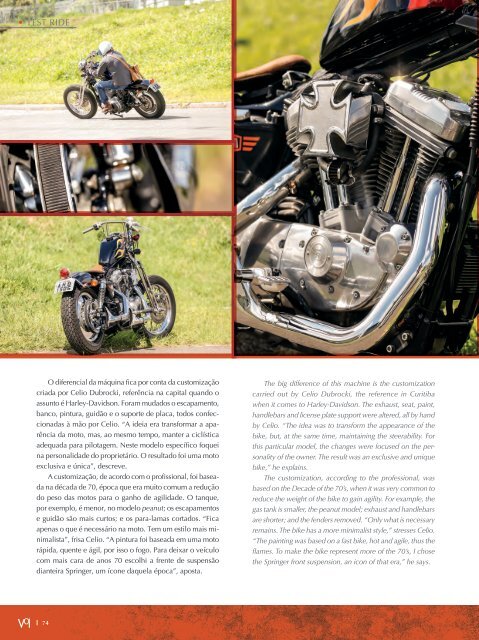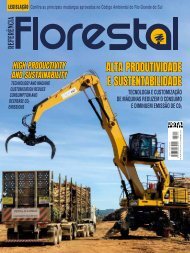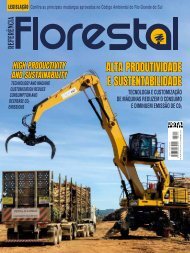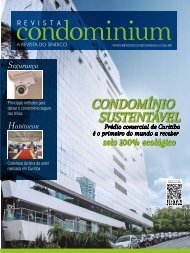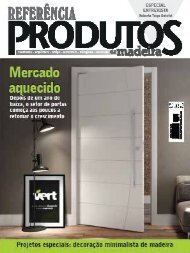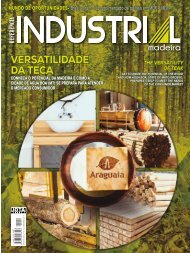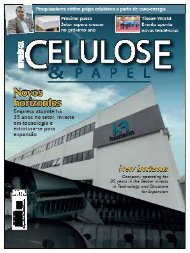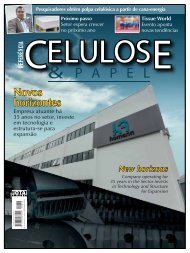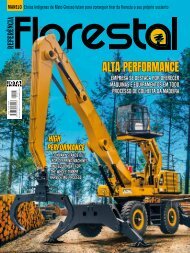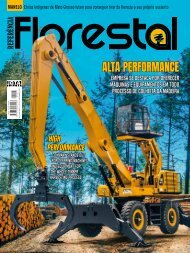Março/2015 - Revista VOi 117
Grupo Jota Comunicação
Grupo Jota Comunicação
Create successful ePaper yourself
Turn your PDF publications into a flip-book with our unique Google optimized e-Paper software.
• TEST RIDE<br />
O diferencial da máquina fica por conta da customização<br />
criada por Celio Dubrocki, referência na capital quando o<br />
assunto é Harley-Davidson. Foram mudados o escapamento,<br />
banco, pintura, guidão e o suporte de placa, todos confeccionadas<br />
à mão por Celio. “A ideia era transformar a aparência<br />
da moto, mas, ao mesmo tempo, manter a ciclística<br />
adequada para pilotagem. Neste modelo específico foquei<br />
na personalidade do proprietário. O resultado foi uma moto<br />
exclusiva e única”, descreve.<br />
A customização, de acordo com o profissional, foi baseada<br />
na década de 70, época que era muito comum a redução<br />
do peso das motos para o ganho de agilidade. O tanque,<br />
por exemplo, é menor, no modelo peanut; os escapamentos<br />
e guidão são mais curtos; e os para-lamas cortados. “Fica<br />
apenas o que é necessário na moto. Tem um estilo mais minimalista”,<br />
frisa Celio. “A pintura foi baseada em uma moto<br />
rápida, quente e ágil, por isso o fogo. Para deixar o veículo<br />
com mais cara de anos 70 escolhi a frente de suspensão<br />
dianteira Springer, um ícone daquela época”, aposta.<br />
The big difference of this machine is the customization<br />
carried out by Celio Dubrocki, the reference in Curitiba<br />
when it comes to Harley-Davidson. The exhaust, seat, paint,<br />
handlebars and license plate support were altered, all by hand<br />
by Celio. “The idea was to transform the appearance of the<br />
bike, but, at the same time, maintaining the steerability. For<br />
this particular model, the changes were focused on the personality<br />
of the owner. The result was an exclusive and unique<br />
bike,” he explains.<br />
The customization, according to the professional, was<br />
based on the Decade of the 70’s, when it was very common to<br />
reduce the weight of the bike to gain agility. For example, the<br />
gas tank is smaller, the peanut model; exhaust and handlebars<br />
are shorter; and the fenders removed. “Only what is necessary<br />
remains. The bike has a more minimalist style,” stresses Celio.<br />
“The painting was based on a fast bike, hot and agile, thus the<br />
flames. To make the bike represent more of the 70’s, I chose<br />
the Springer front suspension, an icon of that era,” he says.<br />
74


